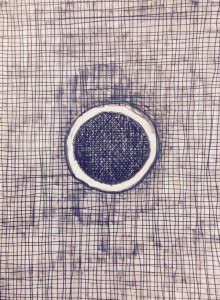Thin places are locales where the distance between heaven and earth collapses and we’re able to catch glimpses of the divine, or the transcendent.1
The ancient pagan Celts, and later, Christians, used the term to describe mesmerizing places like the wind-swept isle of Iona (now part of Scotland) or the rocky peaks of Croagh Patrick. Heaven and earth, the Celtic saying goes, are only three feet apart, but in thin places that distance is even shorter.
A thin place is not necessarily a tranquil place, or a fun one, or even a beautiful one, though it may be all of those things too. Disney World is not a thin place. Nor is Cancún. Thin places relax us, yes, but they also transform us – or, more accurately, unmask us. In thin places, we become our more essential selves.
A park or even a city square can be a thin place. So can an airport. A bar can be a thin place, too.
Many thin places are wild, untamed, but cities can also be surprisingly thin. The world’s first urban centers, in Mesopotamia, were erected not as places of commerce or empire but, rather, so inhabitants could consort with the gods.
As we journey through this life, it is well to be open to the possibility of stumbling upon a thin place. Some that I have found locally include sections of the Pinellas Trail and The Dunedin Causeway, including Caladesi Island State Park. The recently observed solar eclipse was observed from many thin places and created a “thin” experience.
I’ve also been involved professionally in mediations and collaborative meetings where the atmosphere seemed especially thin. You never know, where the air is thin, divine intervention is not far away.
To the extent possible, in the practice of family law, I like to find a thin place.
1 Portions of this blog were taken from, Weiner, Eric, Where Heaven and Earth Come Closer, The New York Times, March 9, 2012. Retrieved from http://www.nytimes.com/2012/03/11/travel/thin-places-where-we-are-jolted-out-of-old-ways-of-seeing-the-world.html



